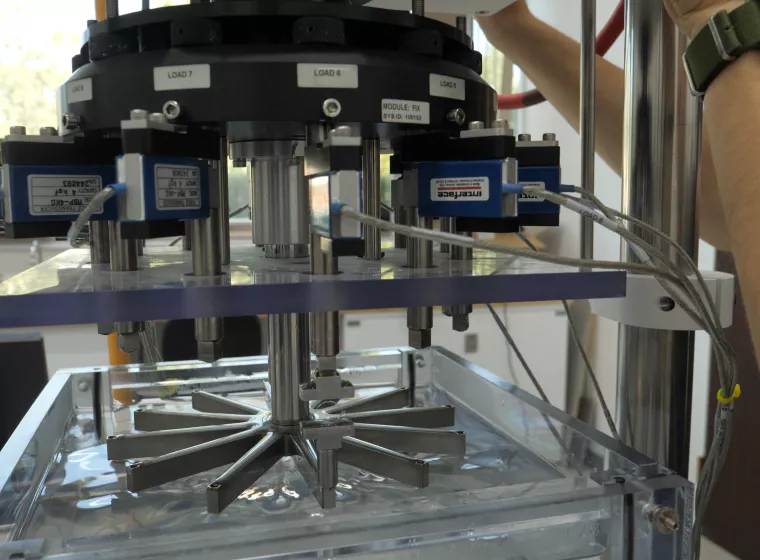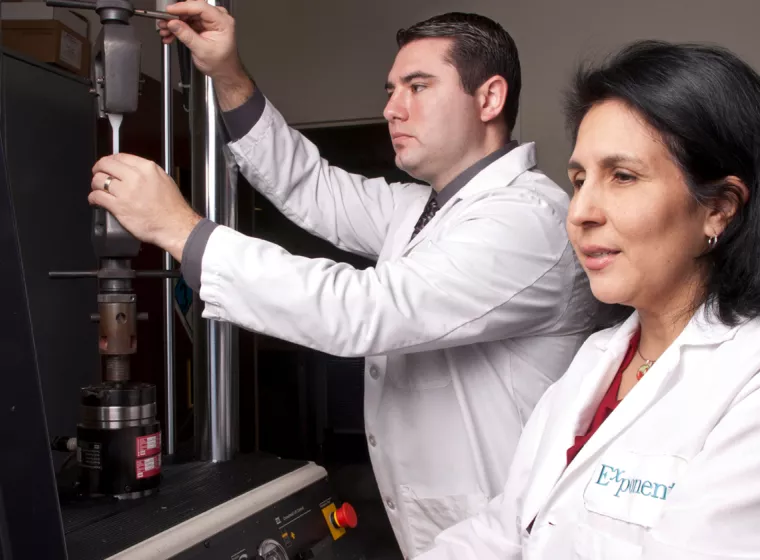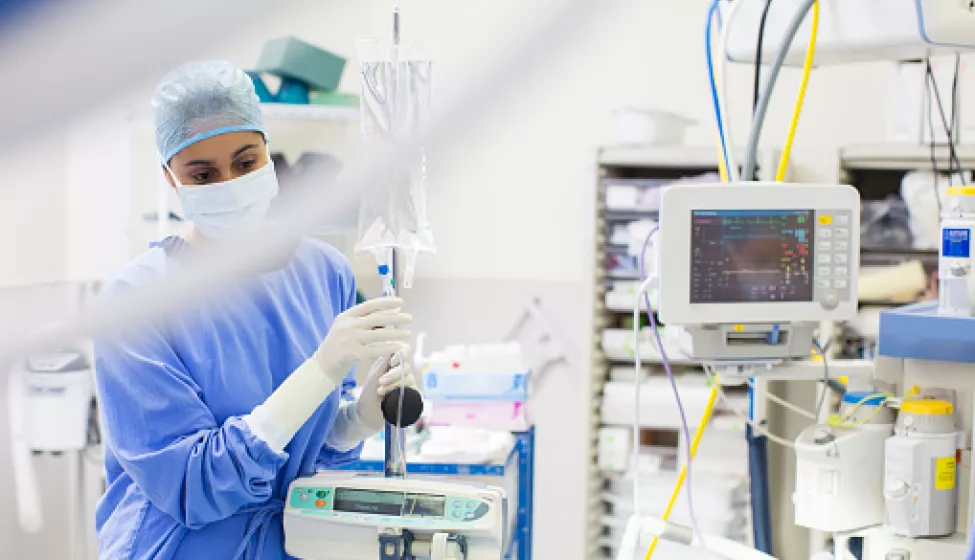September 13, 2023
FDA's proposed recommendations address best practices for selecting predicate devices, inclusion of clinical data, and evidentiary expectations for implant devices
On Sept. 6, the Food and Drug Administration issued three new draft guidance documents aimed at modernizing the 510(k) program. Originally established in 1976, FDA's 510(k) program serves as a pathway to premarket clearance for certain non-exempt low- to moderate-risk medical devices. These draft guidance documents stem from FDA's commitment to continually optimize the clarity, predictability, and consistency of the 510(k) process while ensuring patients have timely access to safe, effective, and high-quality medical devices.
Manufacturers can submit a 510(k) to FDA to demonstrate that the device to be marketed is substantially equivalent to a predicate medical device that is already legally marketed and meets specific requirements. Accordingly, 510(k) clearance is rooted in a comparative analysis of the medical device in question and a pre-existing and legally marketed predicate device.
The first draft guidance proposes best practices for choosing a predicate device that are intended to supplement other common considerations for predicate selection. The recommendations include selecting a predicate device that was cleared using well-established methods, that meets or exceeds expectations for safety and performance, that is without unmitigated use-related or design-related safety issues, and that has not faced a design-related recall.
The draft guidance also recommends writing of 510(k) summaries to include how the selection process of the predicate was followed in light of the recommended best practices. Once finalized, this draft guidance is expected to assist manufacturers in selecting appropriate predicate devices and promote transparency to the public regarding the information submitted to FDA to support a substantial equivalence determination.
2. Recommendations for the Use of Clinical Data in Premarket Notification [510(k)] Submissions
The second draft guidance aims to clarify and contextualize situations where clinical data may be necessary to demonstrate substantial equivalence in a 510(k) submission. For example, the guidance notes that factors such as different indications for use, newly identified safety risks for the predicate device, or innovation in materials leading to differences in technological characteristics between the new device and the predicate device may prompt the need for clinical data to be generated and submitted for a new device. To illustrate these various situations, the draft guidance includes examples where clinical data may be needed and where it may not be needed to determine substantial equivalence.
3. Evidentiary Expectations for 510(k) Implant Devices
The third draft guidance is intended to serve as a primary resource for implant devices that require a 510(k) and to supplement device-specific guidance documents, if applicable, that may provide further details for a given device type. Specifically, this guidance document clarifies the evidentiary expectations (i.e., non-clinical and performance testing) needed to support 510(k) submissions for implant devices. The guidance also includes recommendations for other content, such as human factors/usability information, clinical performance testing, patient experience information, and proposed labeling.
Next Steps Towards Finalizing the Guidance Documents
On Oct. 26, FDA will host a webinar for industry and other stakeholders interested in learning more about these draft guidance documents and the agency's ongoing efforts to modernize the 510(k) program.
FDA is requesting feedback via written comments in the Federal Register of each notice by Dec. 6. Electronic comments can be submitted via www.regulations.gov. FDA will consider this feedback before it begins work on the final versions of each guidance document.
While the final versions may differ from the current drafts, these draft guidances provide insight on FDA's current thinking and are useful in developing regulatory strategies to prepare for future 510(k) submissions.
What Can We Help You Solve?
Exponent combines deep technical expertise with regulatory and quality systems experience to solve important problems for the medical device industry. With service offerings ranging from early-phase regulatory strategy and FDA engagement to sophisticated medical device evaluations and human factors studies, Exponent can help enable success and optimize the regulatory submission process.

Regulatory Compliance for Medical Products
Experienced regulatory support for medical devices, pharmaceuticals, and combination products.

Medical Technology Assessment Program
Rapid, expert assessments of medical devices and technologies, surgical implants, and wearable medical technologies.

Medical Device Evaluation
Sophisticated medical device evaluations for a vast array of applications.

Medical Device Design & Development Support
Crucial medical device design and development analyses to empower your decision-making.

Life Sciences Due Diligence
Due diligence technical consulting services to help verify the science and technology behind medical devices and related therapeutics.

Biomedical Expertise for Therapeutic Areas
Multidisciplinary insights for a range of therapeutic product development challenges.






